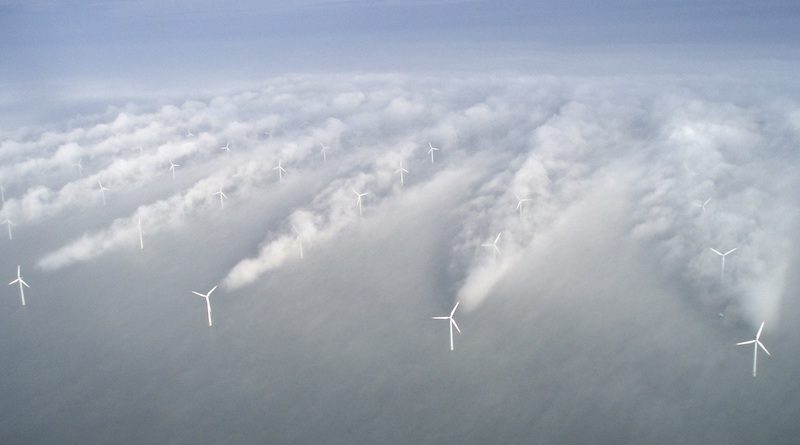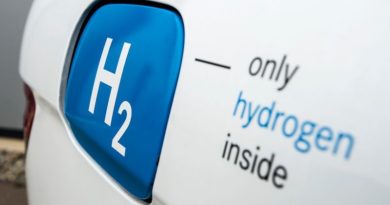
Perverse subsidies: Three policies to break with short-term fossil investments
As a member of the European Parliament’s committee on energy, I am part of making sure that the policy we create are in line with the overall goal of a CO2 neutral European Union in 2050. Even though we in the Parliament agree on the overall objectives, a common ground is rather rare once the policy discussion becomes tangible. Contradicting views between the political groups are especially evident when it comes to continuous subsidies for fossil fuels.
Every year, the EU member states lead billions of euros into investments in fossil fuels. Recently, the European Commission published a report, which concludes that a number of countries such as France, Ireland, the Netherlands and Sweden on average are using larger sums of money on fossil fuels than in support for renewables.
These subsidies are ‘perverse’ and as such detrimental to our overall and long- term interests, and arguably. Moreover, the economic arguments for maintaining such policies are highly doubtful.
Continuing these subsidies employ contrary effects of both environmental and economic nature over the long run. They are detrimental to our common European interests. At the same time, the EU finds itself in a place of momentum to rethink exactly these policies as we are approaching a new budget cycle.
With the European Green Deal, the Com- mission has this year pleaded to introduce new legislation on which energy projects should be eligible for subsidies. The stakes are high, especially after the controversies over the Commission’s 4th PCI list in February.
I believe that policy makers and the EU in general can learn something from the Danish tradition of state subsidies for renewable energy. After the oil crisis in the 1970s, the government introduced a state supported research programme for wind turbines, followed by a support programme offering 30 pct. in grants for citizens aiming to introduce privately owned wind turbines in their household.
In the 1990s, Denmark introduced a Public Service Obligations tariff, the so-called PSO, taxing electricity customers and directing private money to investment in renewables. This policy gave a boost to especially wind energy in Denmark.
These measures were initially not financially sustainable or immediately feasible in the short run, but this long-term attitude towards renewable energy and investments is exactly what we need throughout the EU to succeed. Today, the price of wind energy is lower than any other source of energy per kilowatt and wind turbines are sustainable on market terms.
EU policy makers should change their attitudes to long-term investments in exactly this way and start the incremental change now in order to achieve climate neutrality in 2050.
The EU has three policy responses that should all be implemented to move away from perverse subsidies to energy that does the exact opposite of reaching our common 2050 aims.
Firstly, the upcoming MFF and recovery package should be a chance to not only negotiate a budget but also to reform it. The MFF should not contain financial support for oil and gas. Simultaneously, within the budget the CAP should be revised to make sure that billions of euros are targeted towards sustainable agriculture and farming instead of anachronistic emission heavy production. The EU needs to embed a green contingency into all support programs in the future.
Secondly, we simply need to make it more expensive to pollute. Polluters need monetary incentives. Therefore, the EU should reform the ETS and raise the price of CO2 quotas for all energy companies and industries. For too long, the ETS has been contradictory to its own aims.
By reducing the inexpedient number of quotas, the price of polluting will naturally rise.
Simultaneously, we need to reexamine the system’s exceptions for heavily polluting industries perceived to be in danger of carbon leakage.
Lastly, the EU needs to set a deadline for the final phase out of tax-paid subsidies from member states to fossil fuels. In order to achieve our green objectives, it is adamant to turn the cash flow from black investments to green investments as soon as possible. And it is adamant that the EU can make a firm promise as to when.
This is the immediate playing field for policy makers to achieve a greener EU.




